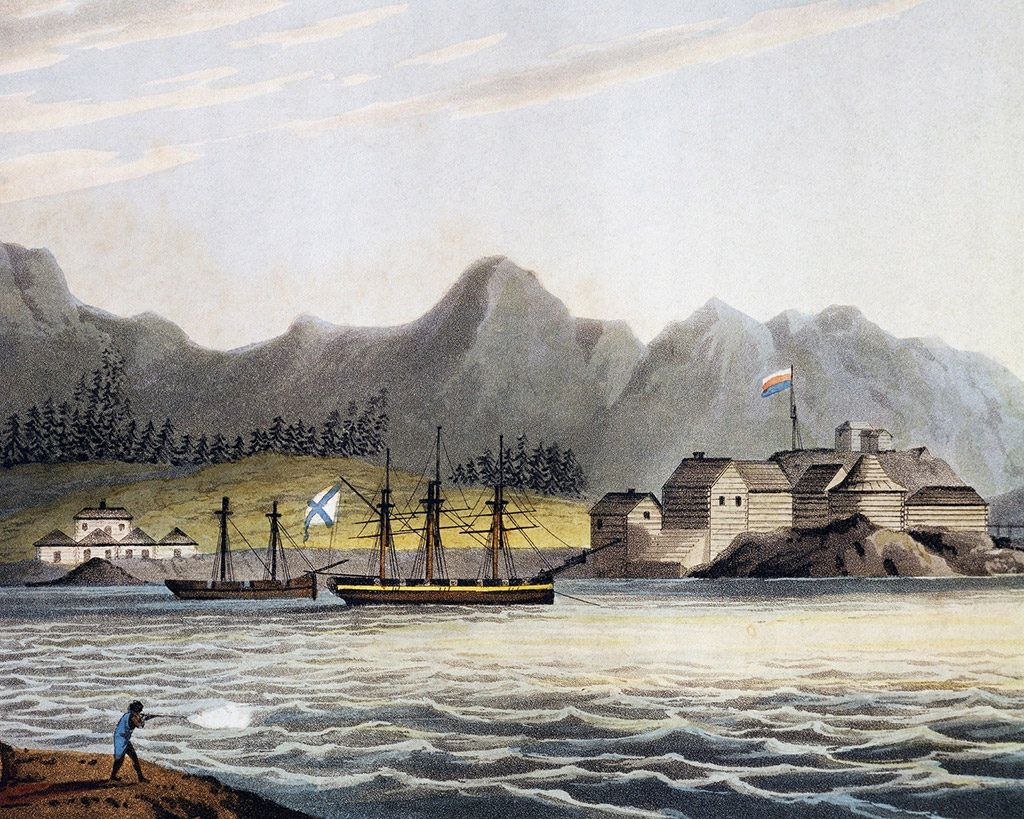
Interview with Jeff Budd
Sitka Community Liaison, Alaska’s Sesquicentennial
What does the 150th Sesquicentennial Commemoration means to Alaska?
There are specific moments that shape the future beyond anything that could have been foreseen at the time. The Transfer of Alaska was one of those moments, not only for Sitka and Alaska, but also for the United States and the world. Consequently, 2017 is an exciting year, as it marks the 150th Anniversary of the Transfer of Alaska from Russia to the United States with a grand Sesquicentennial Commemoration.
March 30th is officially recognized in Alaska as Seward’s Day. On this date in 1867, Russia and the United States signed the Treaty of Cession agreeing to the sale of vast Alaskan lands. That same year, on October 18, now known as Alaska Day, the official transfer ceremony took place in Sitka, or New Archangel, which had been the capital of Russian America since 1808. The Russian Flag was lowered, the American Flag was raised, and Alaska became a US territory. Today, historic sites from Alaska Native culture and from Russian occupation remain in Sitka as reminders of our heritage.
The Sesquicentennial Committee will officially “kick off” the commemoration on March 30, the date of the Treaty of Cession. Then, throughout the year, Sitka will host numerous community activities that promise to provide interest for community members and visitors alike. In culmination of this special year, the Alaska Day Festival Committee will host their annual weeklong series of events surrounding Alaska Day.
What does the 150th Sesquicentennial Commemoration mean to Sitka?
Known to the Native Tlingit people as Shee At’iká, the island community of Sitka has changed culture and character on at least two occasions. Russian colonists occupied Sitka’s present site following a battle with Tlingit warriors in 1804. Sitka served as the capital of the Russian colony, and later as the American seat of government for the Department of Alaska and the District of Alaska until 1906. Even after the government moved to Juneau, Sitka’s powerful institutions continued to produce state leaders who changed the course of history in Alaska throughout the 20th century.
Alaska history is writ large on the landscape in Sitka. Place names proclaim major historical figures. The town is located on Baranof Island, named after the first chief manager and governor of the Russian American Company. Katlian Street, which runs through the traditional Tlinglit Village, commemorates the Native warrior who fought for control of his people’s home. Katlian’s hammer is on display on at Sitka’s National Historical Park, along with a collection of other sacred objects and photographs documenting Alaska Native, Russian and American history in Sitka. Finally, the new Sitka History Museum, which will open in the newly renovated Centennial Hall in May 2017, promises to be a major addition to this historic town’s cultural landscape.
What is the history of Castle Hill?
Castle Hill is one of the most historically significant sites in Alaska. Tlingit natives originally inhabited this area and built a strategic fortification at this site. Between 1804-1867 Russians occupied this site. In 1867, on top of Castle Hill, Alaska was officially transferred from Russia to the United States. Today, Castle Hill is a state historic site and a National Historic Landmark.
What types of Russian influence is still evident?
St Michaels Russian Orthodox Cathedral is the main piece of Russian influence that is visible. It still sits prominently in the middle of downtown Sitka and is still in use by Russian Orthodox practitioners. There are amazing icons form the Russian times.



